|
By Vennie Chou, Certified Natural Skin Care Expert An effective skin care product targets the root of the skin problem. Effective product not only helps to retain clients, but also provides the best marketing results.
Making skin care products is not simply just adding oils and liquids. It involves understanding of some of the terminology, such as anti-inflammatory, anti-oxidant, and anti-septic. One must apply these terms or properties of botanicals in real time and to symptoms on the skin. For example, when one has rashes or hives on the skin, skin care designers need to understand the cause of the problem and determine whether to use botanicals that are anti-inflammatory or anti-septic or both to resolve the skin problem. The best plants to use in skin care are “bio-regional” or plants which grow well in local areas, as these plants live in the same environmental conditions and adapt to counter-balance harsh conditions. It is their adaptations that help local people to stay balanced. In Traditional Chinese Medicine (TCM), often the problems expressed on the face indicate the root of the skin problem. One learns to read the locations of skin issues and design corresponding care products to resolve the source of the problem. A client asked me to help her with dark bags under her eyes. She was shocked to receive a jar of Epsom salt infused with Wormwood. I told her that making products to “mask” the problem is cosmetology. Masking does not resolve her problem. What she really needs is to sleep well. Wormwood warms up the acupressure points of her feet and Epsom salts “lead” the effects of Wormwood. The combination helps her with her sleep problem, which is the root of the dark bags under the eyes. In TCM, the face is almost a “map” of many underlying issues, such digestive, hormonal and stress. The beauty of designing skin care products is incorporating traditional herbal medicine including using natural elements, aromatherapy and basic product making techniques. Skin issues may not just be “skin” problems. It is more important to understand the body as a whole to deal with the root or source of problems. Getting to the source eliminates future ‘flare-ups” and provides knowledge for prevention. Skin is not a separate unit but has many organ systems attached to it. Thus, designing an effective product requires knowledge of making proper use of earth’s valuable provisions. If you want to know more about Effective Skin Care Design, enroll in a Skin Care Course with Vennie Chou.
0 Comments
By Vennie Chou, Skin Expert and Natural Skin Care Teacher I started studying and developing natural skin care over 20 years ago. I work in a Western Medicine field, but I have a strong passion for the wisdom of traditional medicine, especially Chinese Medicine. I strongly believe that there is a harmonious blend of both medicinal fields. In Western medicine, I learned the physical structures of our skin and how the structures relate to one another. However, the traditional medicine focuses on the actions of the botanicals and how our body reacts or behaves to their properties. This knowledge is developed from historical observations and valuable experiences. This is important. This is clinical experience along with evolution. We cannot separate ourselves from the natural environment. When the environment changes, we need to change how we take care of ourselves. We eat different foods to balance effects of seasonal changes and we use different blends of personal products to protect our skin at different times. When I create a formula, I have to develop three dimensionally. In one dimension, I have to think about blending the scents. The natural scents have to be harmonious. The second dimension, I have to consider the environmental changes on our body and what botanicals to use to balance the environmental effects. The third dimension is to balance the energy of botanicals with the movement of energy or ‘Chi’ in traditional Chinese Medicine. Different parts of a single plant can have different effects on the body. Natural world is alive and constantly changing. Our body and skin are alive and constantly changing. Therefore, what we use on ourselves has to work with the changes. This is sustainable natural skincare, especially if we learn to use plants that evolve with the environmental changes. Learning to create natural skincare is an active process that brings us closer to nature. By Vennie Chou, Skin Care Expert, Teacher and Histology Immunology Marker Expert Learning to make skin care products changes the way we look at plants. It adds another dimension to our appreciation for nature… from seeds that nourish to flowers that sooth and roots that heal. One of my favorite things to do is nature walk. When I walk through a Rose Garden, not only I admire the beauty of the colours and varieties, but I am also inspired by their inner strength and beauty… their healing properties. I can think of so many ways to use roses by taking them apart according to their solubility and putting them back into several products that we can use daily. Even drinking rose tea can reduce stress and anger from work or school. As I walk further, I see a row of bright yellow trees… Forsythia. Those cheery yellow flowers will eventually fall and turn into seed pods in the fall. To me, it is a living medicine for sore throat and pimples. It is not only a strong antiseptic that Forsythia uses to protect its seeds for propagation, but also can be made into useful and beneficial skin care products. There are many dandelions along the trail. I have to give my respect for their strength and the will to live without much care and even after rooting in a small amount of soil. They have soothing and anti-inflammatory components that make them survive. I can definitely incorporate those natural components in lotions and cream. I walk into a gift shop and notice a table full of harvested lavender from the garden. The scent is a calming joy that I can extract to use for stress and headaches. I see it also as natural anti-itch medicinal plant for insect bites. As I walk through the exit, I notice several Magnolia trees with big, beautiful blossoms.
The petals have warming properties. I can just imagine soaking in a Magnolia bath on a cold rainy spring day. Making skin care products is a useful tool to transform nature into products that we can use daily. Product design naturally develops from the harmonious blend of this tool, knowledge and inspiration. Do you want to know more about Vennie Chou skin care online courses? Visit Vennie Chou Skin Care MasterClass What do I Need to Feed my Dry Skin and to Keep Warm by Vennie CHOU, Natural Skin Care Expert As we enter months of fall season, we can feel the cooler dryer weather. Nature is busy trying to shake off the leaves off trees, so the dead leaves can decompose and provide nutrients for the soil that plants and trees feed on. I also look for what I can use from nature in this season to feed my dry skin and to keep warm. I decided to make bath salts that I can use in body and foot baths. I pulled off petals from two Marigold and blended the fresh flower petals with Epsom salts. Marigold is very soothing for the skin and colored the salts a beautiful soft yellow. The petals completely disappeared into the salts. I sprinkled a little Safflower petals as Safflowers helps with circulation. To prevent itchy dry skin, I added my red infused Gromwell oil and grated a little coco butter into the bath salts. For scents, I sprinkled some dried orange peel grains that I saved for my tea. I also added little bit of black pepper and ginger essential oils. Ginger, black pepper and a hint of orange warm the body and increase blood circulation.
This is definitely Fall inspired bath salts using colors of fall and scents to warm the soul and body. |
Archives
March 2024
Categories
All
|
- Home
- About
- Why choosing us
- Mission
- Academicians
- IPF Certification
-
COURSES
-
MASTER CLASSES
- Teaching Methodology
- Natural Raw Material Extraction Methods >
- Natural Candle Making
- Healing Gardening
- Sustainable Oud MasterClass
- World Perfume History Master Class
- Scent Design and Formula Building >
- Fragrant Botany & Chemistry >
- Perfume Design, Concept and Storytelling
- French Natural Aromachology #1
- French Natural Aromachology #2
- Olfaction Training for Children
- Accords - Musks
- Accords - Chypre
- Accords - White Florals 1
- Accords - Fougeres and Aromatics
- FRAGRANCE DEVELOPMENT
- SPEAKERS
- EXHIBITIONS
- Partners
- Blog
- Contact
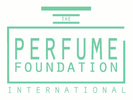
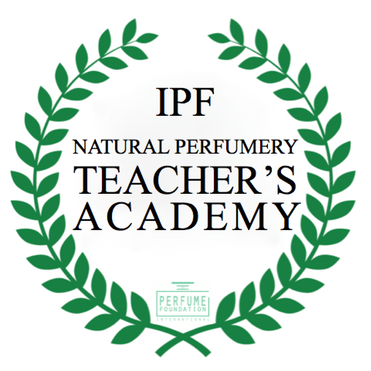
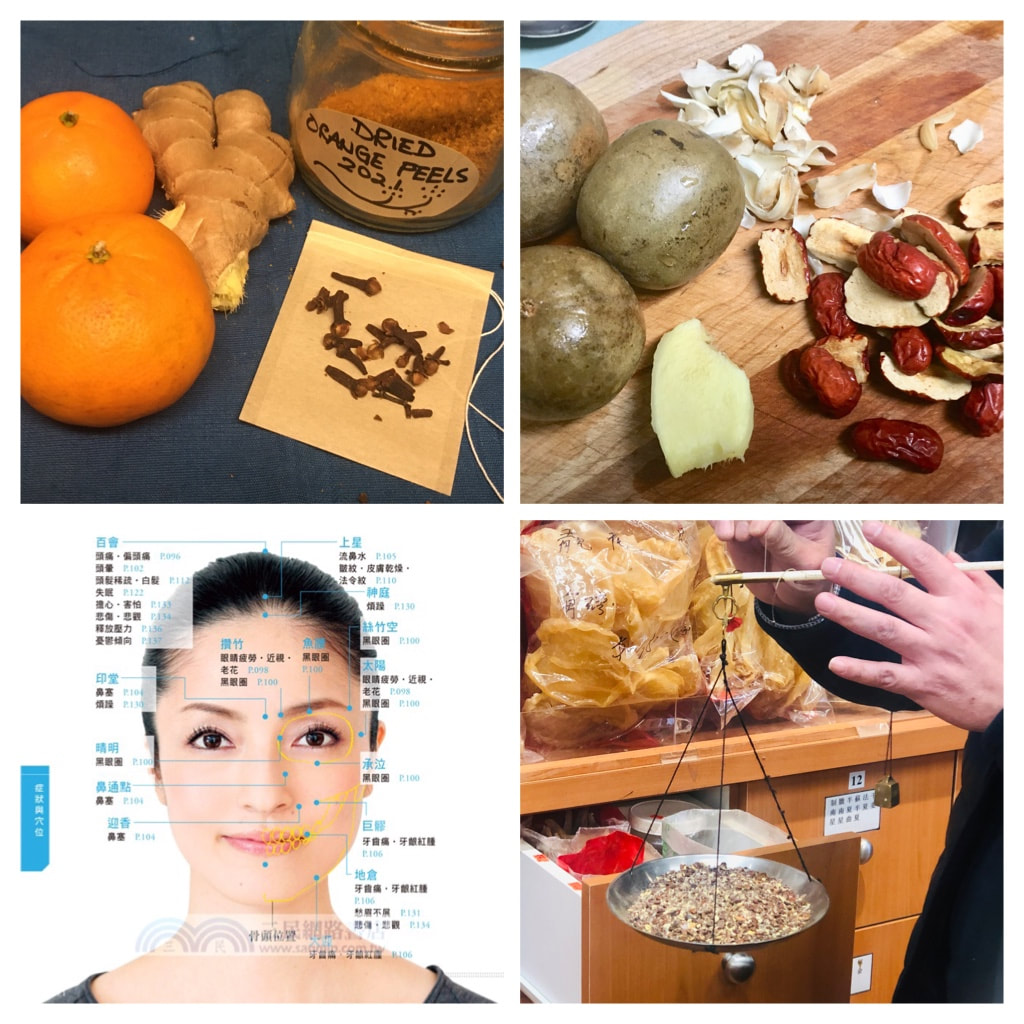
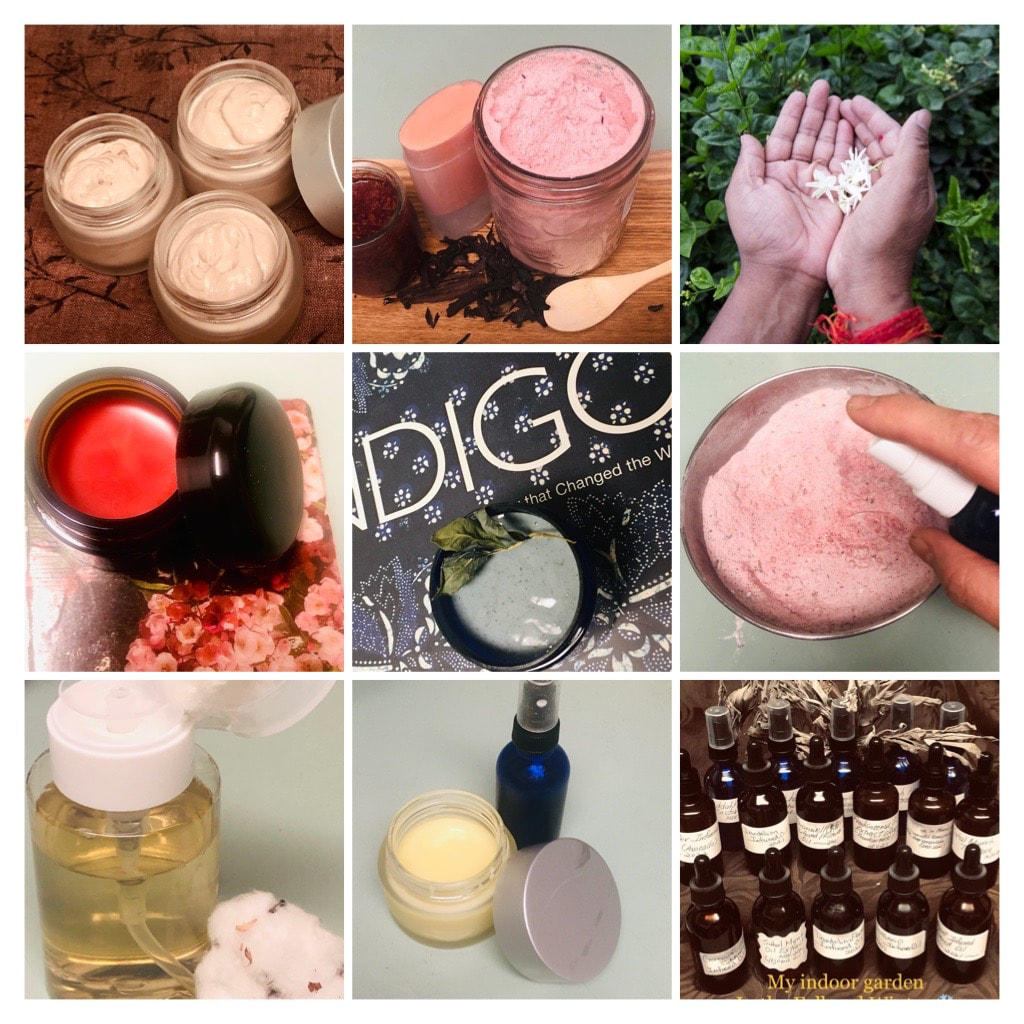



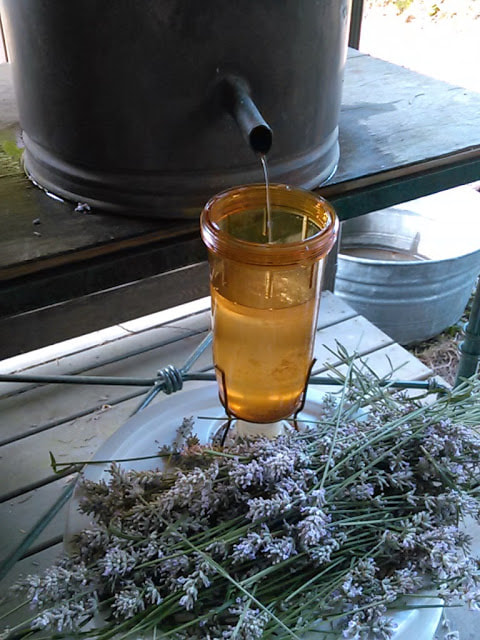


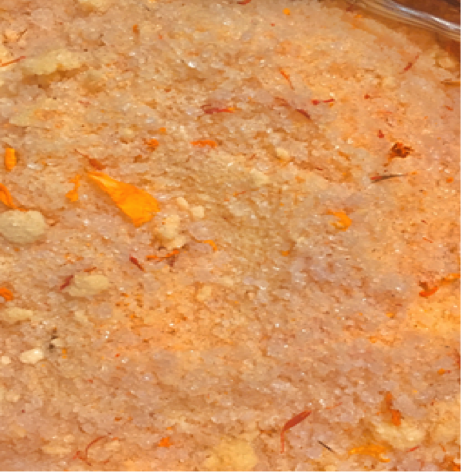
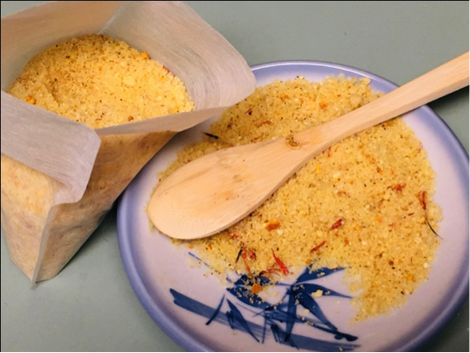
 RSS Feed
RSS Feed
